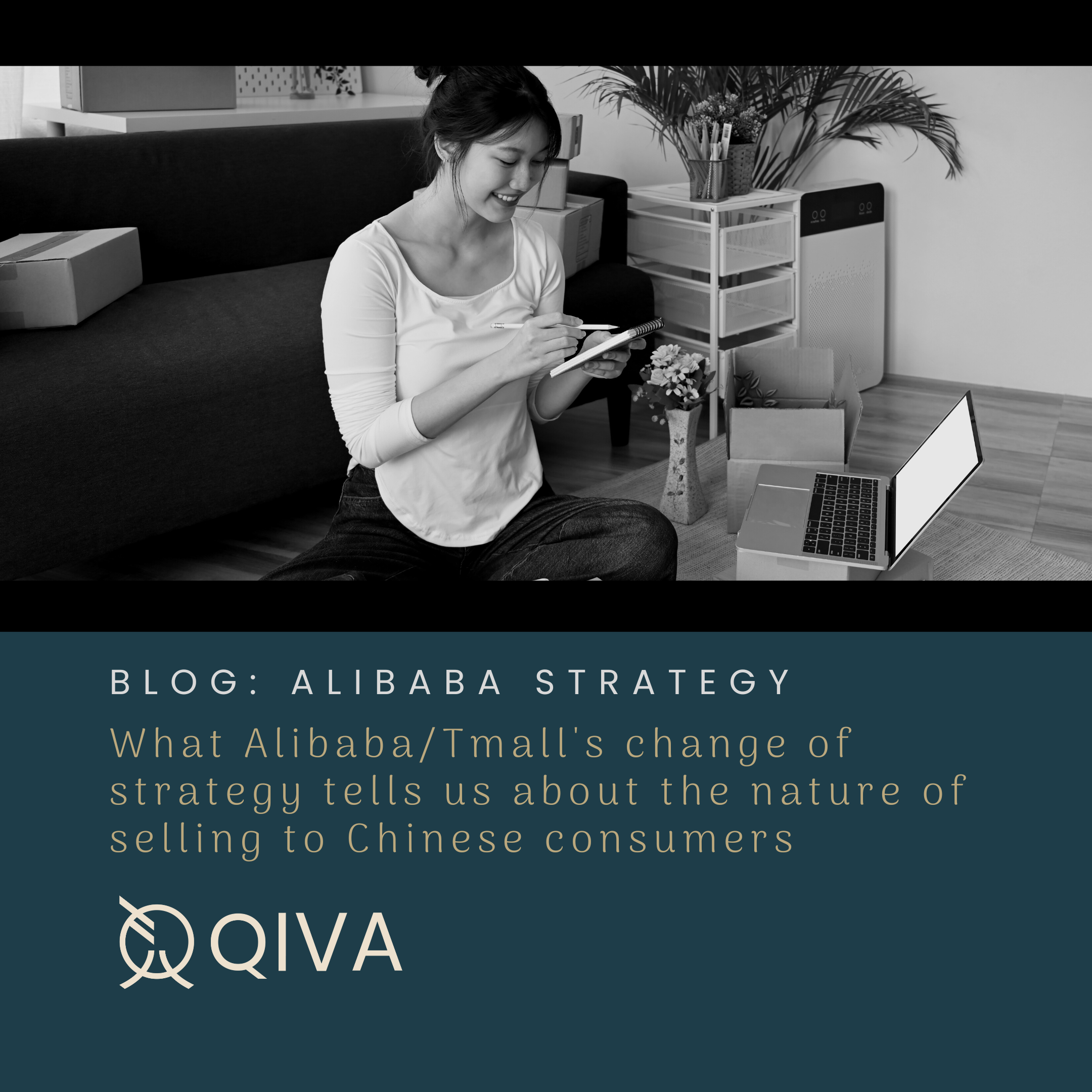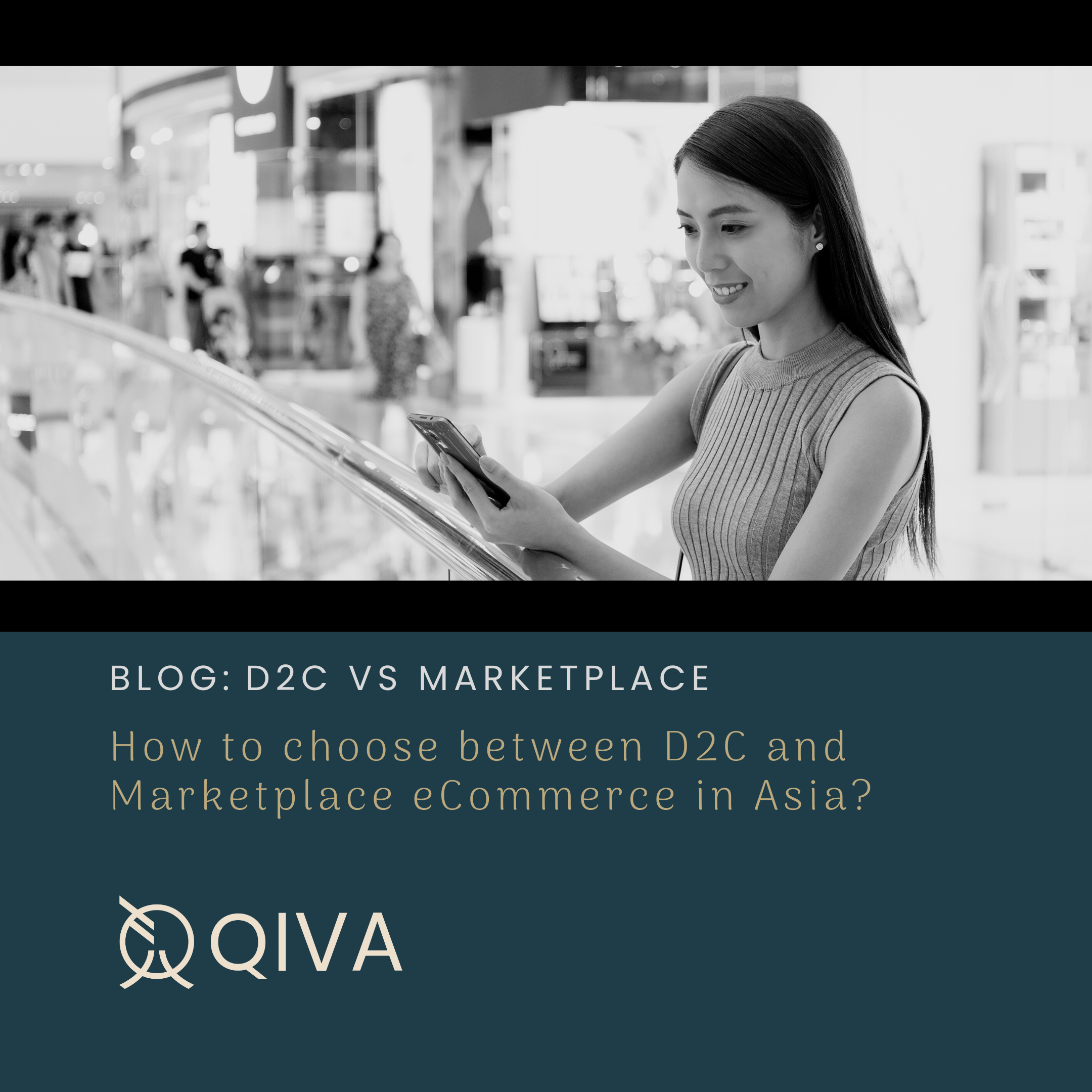Interest algorithms vs search algorithms - which eCommerce strategy is right for your business?

The global cross-border B2C e-commerce market size was valued at USD 719.02 billion in 2021 and is expected to expand at a compound annual growth rate of 25.8% from 2022 to 2030, according to Grandview research. If you read the news on a daily basis, you’d be forgiven for thinking this trend might be switching into reverse, but the fact is that as we rely increasingly on technology to shop online, this trend is likely only to continue. With most of our population well versed in shopping on a mobile phone and conditioned to instant gratification, embracing global eCommerce will be key to grow your business in 2023 and beyond. In this blog we’re continuing our exploration of the customer journey, specifically looking at interest algorithms vs search algorithms, to help you understand how to reach more of your ideal customers with your brand message.
One of the key eCommerce trends in recent years is social media's influence on customers’ online shopping and product research habits. In Europe customers tend to rely on search algorithms, but in China consumers are more likely to select a product based on content from influencers or Key Opinion Leaders (KOLs). What does that mean for you, as a brand? There are four important areas to consider when creating a global eCommerce strategy:
-Whilst your marketing remains the same, regardless of location, your marketing plan will need to look different. For instance, a heavy investment in search marketing might make sense to support product consideration in a European market, whereas in a market like China you will likely need to work with a KOL (influencer) to gain the trust of your target consumers.
-Another key consideration is speed and this is where it’s important to do your research, so you can effectively manage your expectations and create realistic objectives. Whilst marketing tactics or markets you’re more familiar with may yield results more quickly, this expectation could need adjusting where you need to adopt a different method. For example, Google’s influence on consumer behaviour in Europe is significantly different to Asia. Google picks up nuances in language such as searching for “what is the best cat collar?” rather than just “cat collar”. This tendency to ask questions shows that consumers almost see Google as ‘human’ and exhibits a deep level of consumer trust. In China, this looks very different, with customers trusting real humans far more than they do brands, however human they may seem!
-Directly copying your competitors is a fast-track to failure. Ultimately, you don’t know the ins and outs of their strategy, so what works for them may not work for you. Instead, stay close to your consumers and create feedback channels to you can listen to their needs and wants. Responding to market need will get you much further, much faster, rather than obsessing over what your competitors are up to.
-Diversification may look like a very attractive option for your brand, but you can’t ignore the size of the Chinese market! Valued at $2.3 Trillion, it’s 3 times the size of Western Europe alone. The size of the opportunity needs to make sense in terms of how you invest both your time and money.
Disruptive, innovative brand looking to grow in global markets?
We need to talk! Get in touch to discuss how we can help you establish and grow your brand in the Chinese market.





